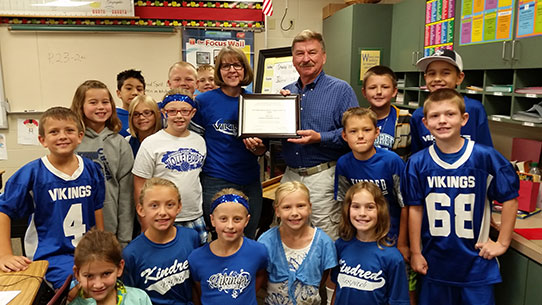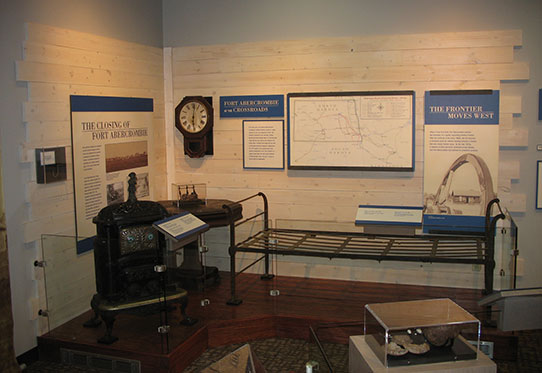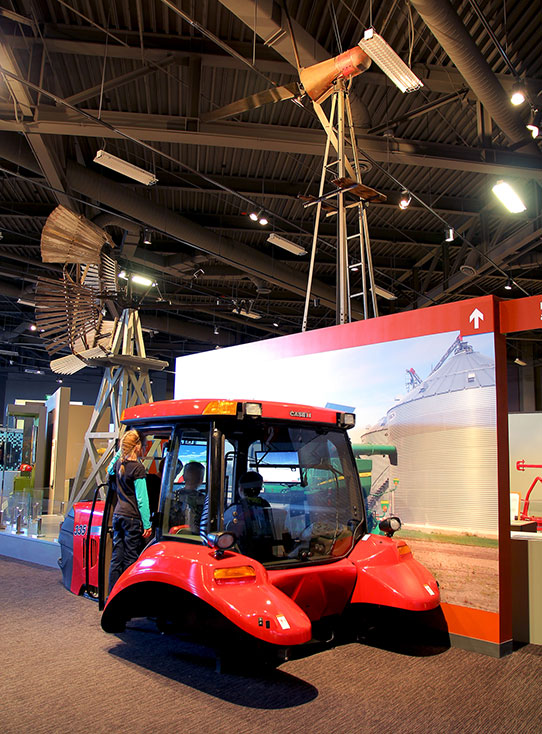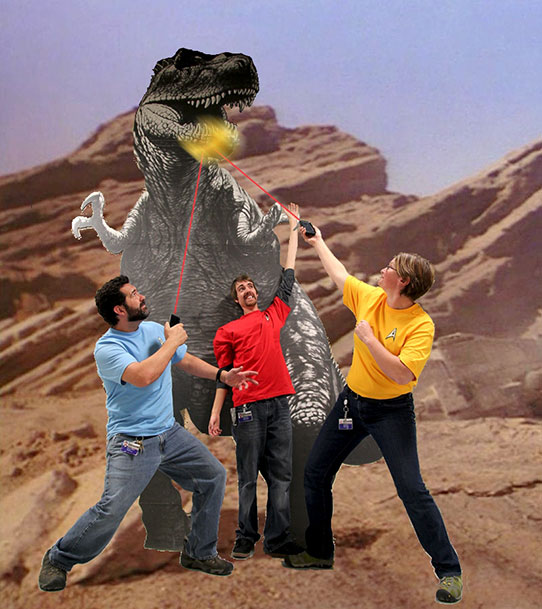North Dakota Studies: Helping Teachers Teach
North Dakota Studies and the Communications and Education Division support the state’s social studies teachers in many ways. The North Dakota Studies program at the State Historical Society (SHSND) produces curriculum and other resources for students, teachers, and lifelong learners. To ensure those materials are easily available to teachers, North Dakota Studies maintains a website (ndstudies.gov) where all of its classroom support materials can be found.
Curator of Education Erik Holland coordinates workshops for teachers every summer on a variety of historical, cultural, geographical, and scientific topics. This June’s professional development workshop is titled Commemorate - Educate - Motivate. The three-day, one-credit workshop features commemoration of the anniversaries of the National Park Service, the Pulitzer Prize, the Historic Preservation Act, and Shakespeare’s life.
North Dakota Studies also works with the Gilder Lehrman Institute of American History to identify the North Dakota History Teacher of the Year. Teachers can be nominated by their principal, superintendent, or colleagues. The nominated teacher submits lesson plans, samples of student work, and a short essay on teaching philosophy to demonstrate how he or she leads and encourages students in their studies. The winner receives $1,000 and a variety of classroom resources from Gilder Lehrman. The state winner also competes for National History Teacher of the Year. The 2015 North Dakota winner was Ellen Ista of Kindred Elementary School. This year’s winner will be named soon.

North Dakota Studies program director Neil Howe presented the North Dakota Gilder Lehrman History Teacher of the Year award to Ellen Ista of Kindred Elementary School in 2015. Photo courtesy Neil Howe.
North Dakota Studies Program Coordinator Neil Howe publishes a newsletter three times during the school year which features information on current and upcoming events, curricular materials, and short articles on North Dakota history, geography, or culture. The newsletter is mailed to every social studies teacher in North Dakota.
North Dakota Studies and the Communications and Education Division provide broad support for social studies teachers across the state. The materials, workshops, and information prepare teachers for their highly important task of educating the state’s children.




